Using Herbs Safely with Babies
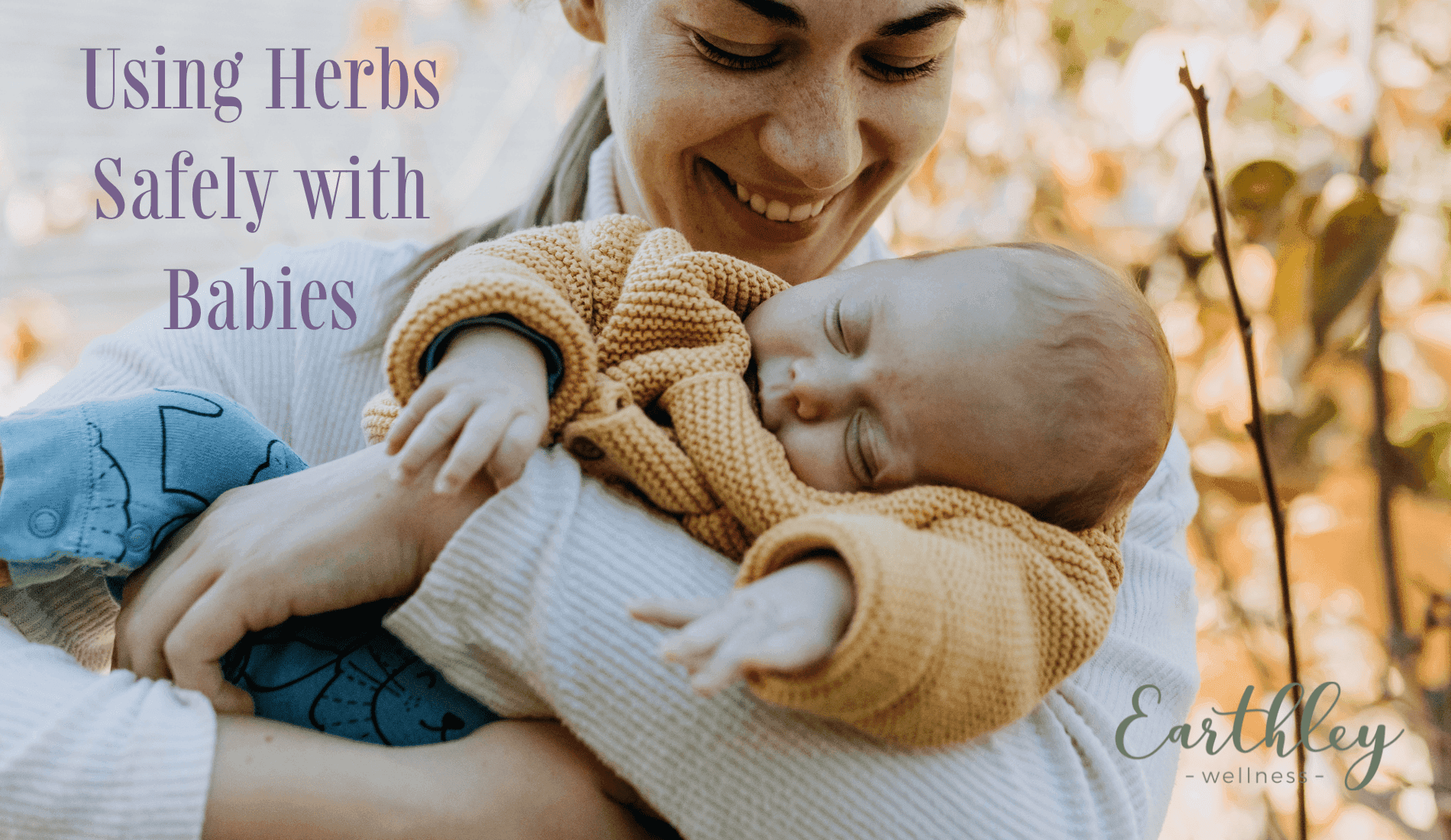
Keeping a well-stocked herbal medicine cabinet is always at the top of any natural mama’s list. Being able to reach for an herbal remedy whenever an illness suddenly pops up gives a mom the peace of mind to naturally handle issues at home. But what if a baby presents with an illness — how does one use herbs safely in the under-1 crowd?
Using Herbs Safely with Babies
For families welcoming a new baby, choosing what goes into their little one’s body is a thoughtful, careful process. Parents new to herbal remedies might feel uncertain about what’s safe for infants, especially with so much conflicting information online.
Thankfully, there are safe, reliable ways to use herbs with children under one year. The two most essential factors to consider are preparation and herb selection. With these in mind, parents can confidently use herbs to support their little one’s well-being naturally.
Herb Choice
When working with children under 1, you want to stick with nourishing herbs. Avoid stimulating herbs and strong herbs unless working with an herbalist.
- Lavender – diaper rashes, skin rashes, calming
- Chamomile* – eye gunk, diaper rashes, tummy aches, calming
- Calendula – rashes, scratches, bruising, ear infections
- Elderberry – immune boosting (in tea, see infusion section for dosing. Breastfeeding mothers can also take elderberry and have it pass through breastmilk)
- Lemon balm – uncomplicated coughs, colds, tummy aches, over-stimulation, fever
- Catnip – tummy aches, over-stimulation, fever
- Slippery elm – constipation, reflux, sore throats
- Marshmallow Root – coughs, sore throat
- Fennel – tummy issues (tea…see infusion section for dosing)
- Mullein – ear infections, uncomplicated coughs
*Chamomile is related to ragweed, those who suffer with an allergy to ragweed could potentially be allergic to chamomile. Check with a skin patch test before using or use one of the other herbs listed.
Preparations
Infusions/Teas
Creating herbal infusions for children under 1 is great. They can be use for a variety of ailments from skin irritations, eye irritations, and baths.
An herbal infusion is a gentle way to extract the benefits of herbs by steeping them in hot water, like making tea. For a child under one, choose a safe herb like chamomile or fennel.
To make an infusion:
- Boil water, and pour it over 1 teaspoon of dried herbs in a cup.
- Cover and let it steep for 5-10 minutes.
- Strain the herbs, and let the liquid cool completely.
How to Use:
For infants, you can add a ½ cup of tea to their bath (along with Epsom salts), or give very small amounts (½ - 1 teaspoon) 3-4 times a day is sufficient for most needs.
For eye irritations, steep a cup of tea (such as chamomile or green tea) and clean the eye with a soft cotton round from the inside of the eye out, using a new cotton round each time.
Herb-infused Oils
Herb-infused oil is made by soaking herbs in a carrier oil to extract their properties, making it gentle and soothing for their delicate skin. Good carrier oils for babies are coconut, olive, and jojoba oil.
To make herb-infused oil, follow these steps:
Ingredients:
- 1 cup of carrier oil (like olive or coconut oil)
- 1/4 cup dried herbs (like chamomile or calendula)
Instructions:
- Combine: In a clean, dry jar, mix the dried herbs with the carrier oil.
- Heat: Place the jar in a warm spot (like a sunny window) for 1-2 weeks, shaking it gently every few days. Alternatively, you can heat the mixture on low in a double boiler for 2-3 hours.
- Strain: After infusing, strain the oil through a fine mesh sieve or cheesecloth to remove the herbs.
- Store: Pour the infused oil into a clean bottle and label it.
How to Use:
This oil can be used for baby massage or to soothe dry skin.
Herbal Tinctures and Extracts
An herbal tincture or extract is a concentrated liquid extract made by soaking herbs in alcohol, glycerin, or vinegar to draw out their beneficial properties. We usually recommend glycerin-based extracts for young children.
Here's a simple way to make an herbal glycerin extract:
Ingredients:
- 1 part dried herbs (see above for suggestions)
- 2 parts vegetable glycerin
- 1 part distilled water
Instructions:
- Combine Ingredients: In a clean jar, mix the dried herbs, vegetable glycerin, and distilled water.
- Seal and Shake: Seal the jar tightly and shake it well to combine the ingredients.
- Infuse: Place the jar in a warm, dark place for 4-6 weeks. Shake it gently every few days.
- Strain: After the infusion period, strain out the herbs using a fine mesh sieve or cheesecloth.
- Store: Pour the glycerin extract into a clean bottle and label it. Store it in a cool, dark place.
How to Use:
This herbal glycerin extract can be used as a gentle herbal remedy, but always consult a healthcare provider before using it, especially for children.
What about Syrups?
Herbal syrups are generally not recommended for babies under one year of age, primarily because they often contain honey as a sweetener, which can pose a risk of botulism for infants. Botulism is a rare but serious illness that can occur if babies consume honey or honey-based products before their digestive systems are mature enough to handle it.
If a syrup is needed, here are some safer alternatives for babies under one year:
Use Maple Syrup or Agave (for sweetening): These can be used as sweeteners instead of honey in herbal syrups, though they should still be given in very small amounts.
Use Herb Infusions Instead: Herbal teas or infusions (like chamomile or fennel tea) can offer soothing effects without added sugars, and they’re generally safer for babies in small amounts.
Just remember to keep it simple, children don’t need complicated formulas to see results. Start with just 1 herb in an infusion and see where that takes you. If you have questions, contact an herbalist.
Read more in Herbs for Babies Guide featured in our New Baby Bundle along with Infant Tummy Relief, Teeth Tamer, and Baby Balm!
Find what you need below!
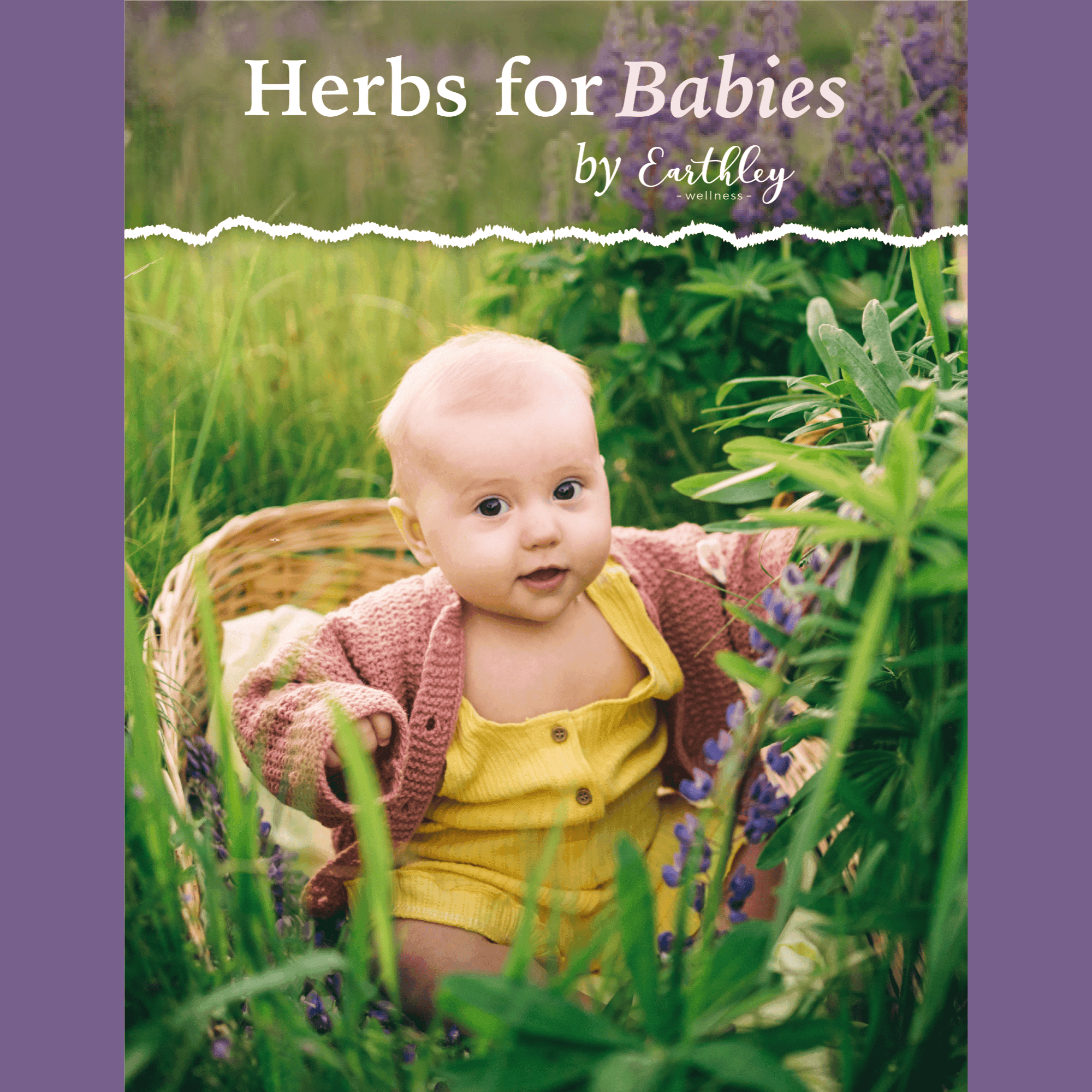
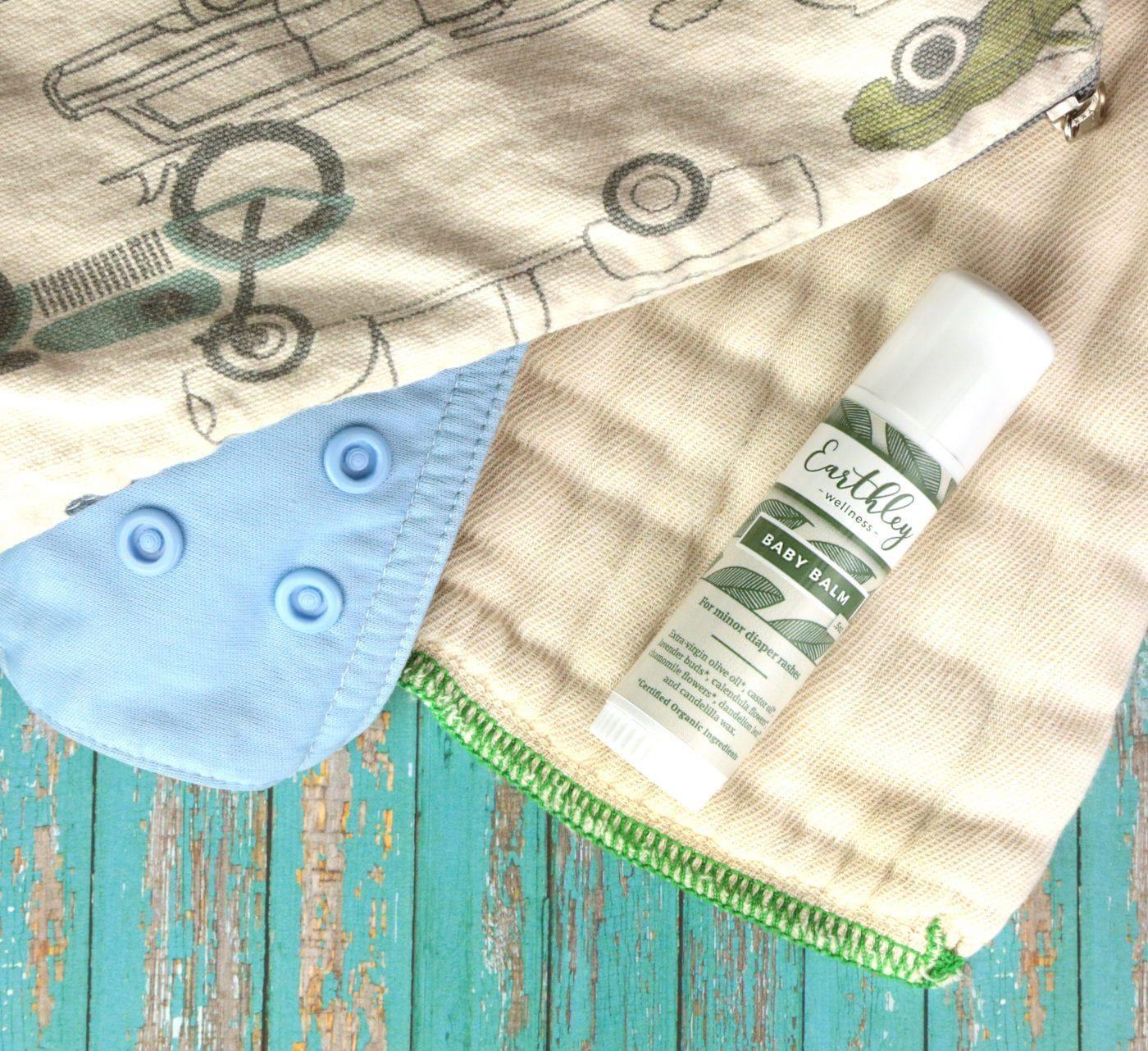
For minor diaper rashes

All-natural soothing baby powder
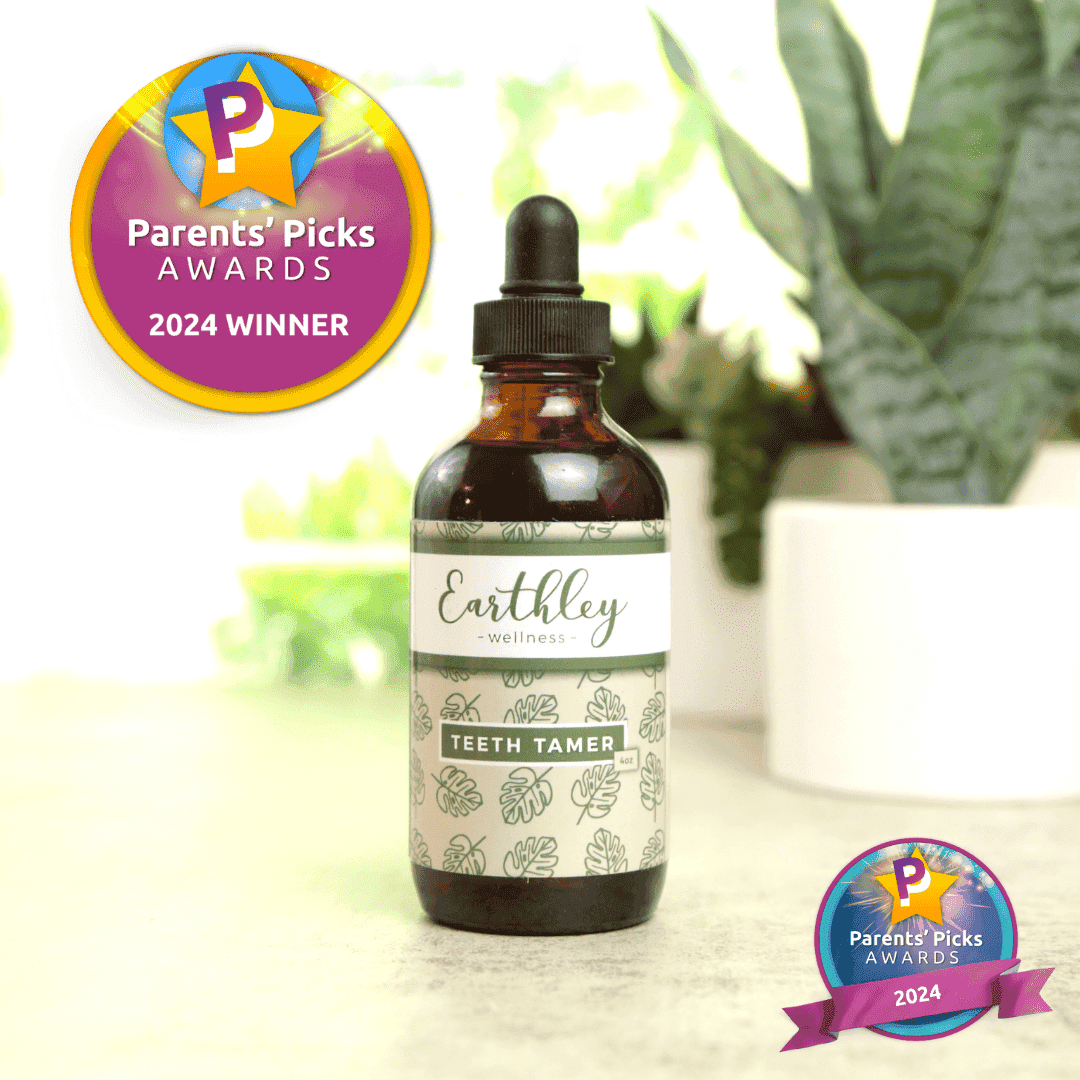
For teething babies and toothaches
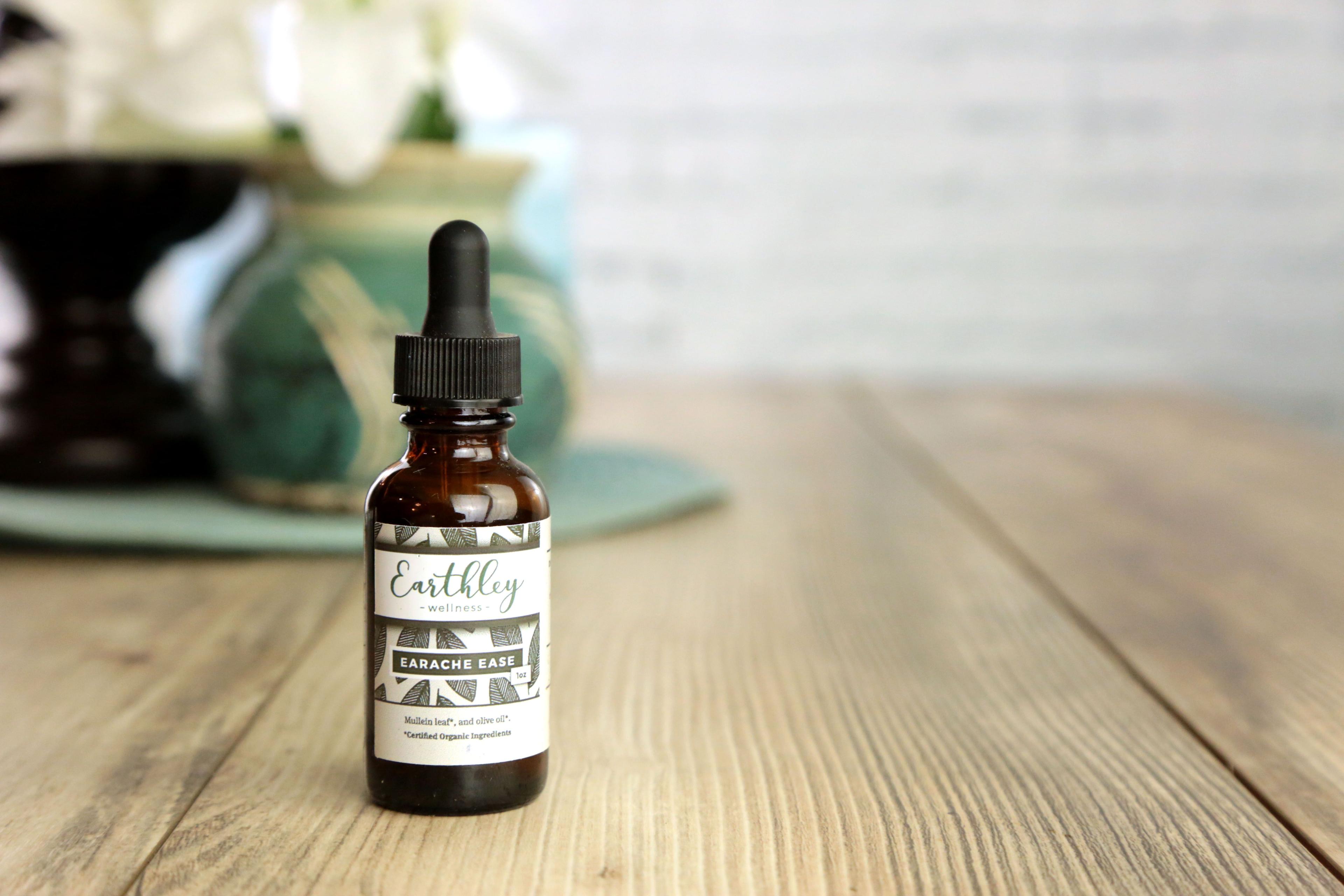
For ear discomfort
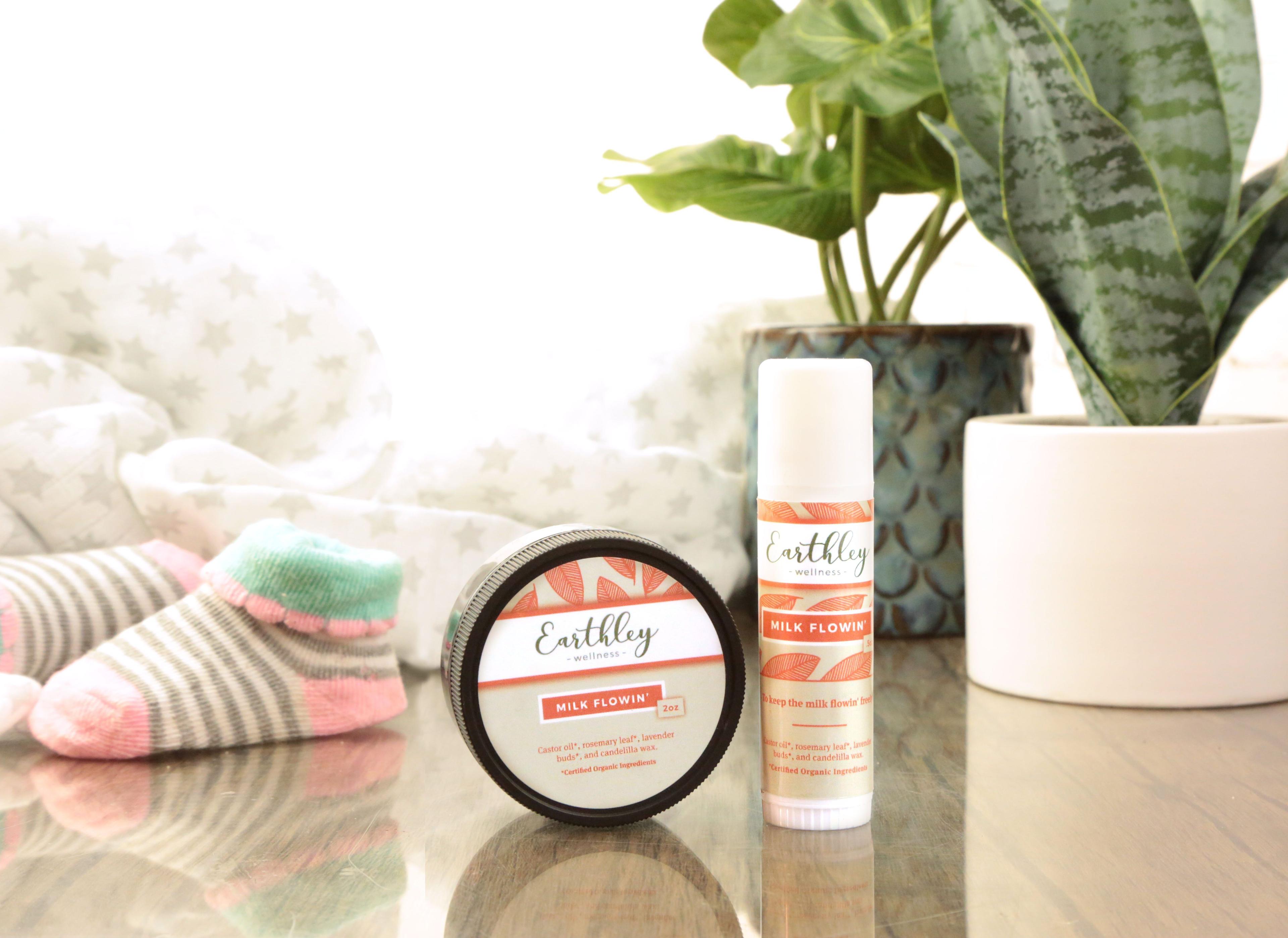
For clogged ducts and sore spots
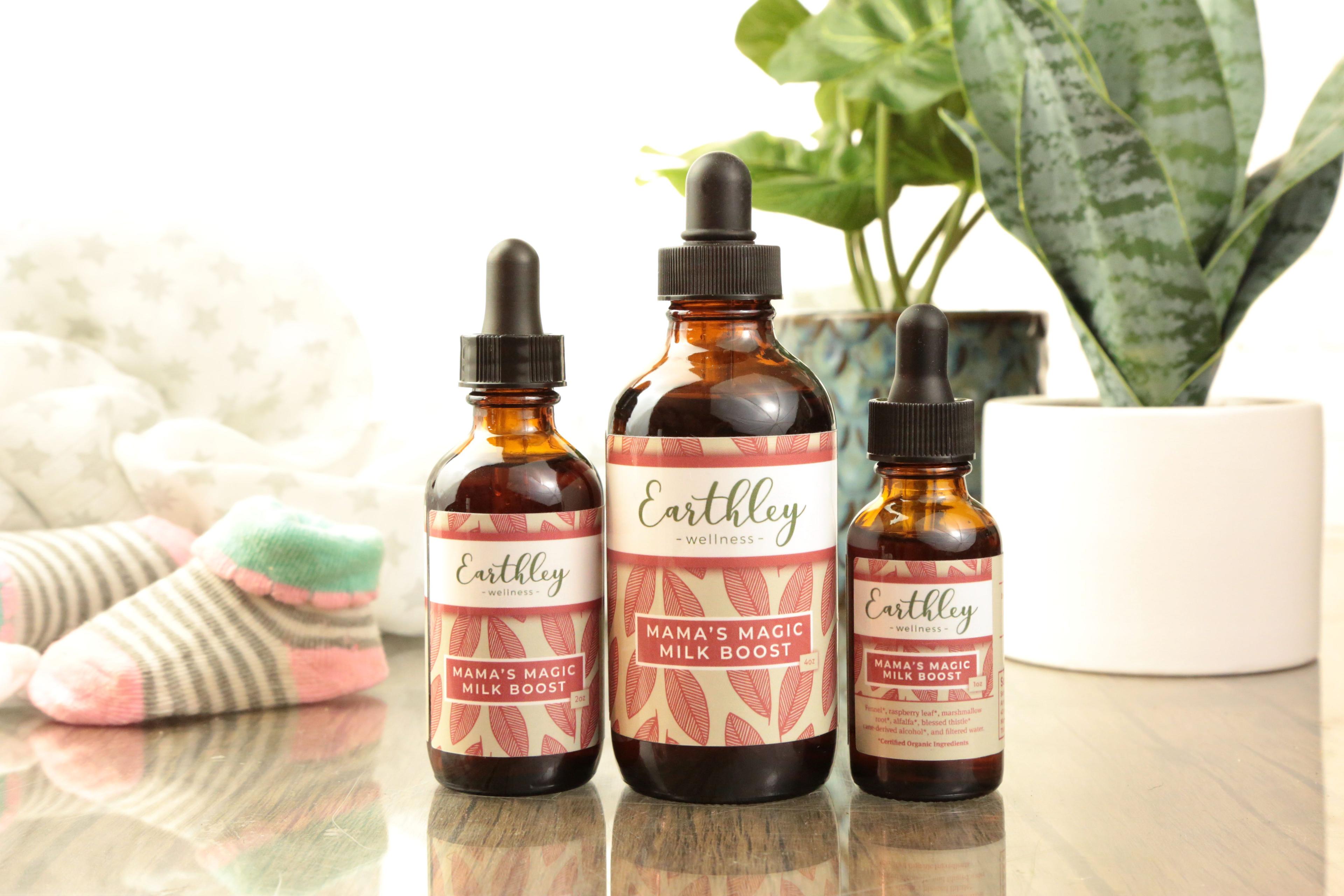
For a healthy milk supply
